Optimal Timing for Concrete Installations
Concrete installations require careful timing to ensure optimal curing and durability. Factors such as temperature, humidity, and seasonal conditions influence the quality and longevity of the finished surface. Proper scheduling can prevent issues like cracking, uneven curing, and surface defects.
Spring offers moderate temperatures and lower humidity, ideal for concrete curing. It reduces the risk of rapid drying or freezing during early curing stages.
While summer provides warm weather, high temperatures can lead to rapid evaporation. Proper shading and moisture control are essential for quality results.
Fall's cooler temperatures and lower humidity create favorable conditions for concrete setting. Avoiding late fall or early winter prevents freezing issues.
Cold weather can hinder proper curing and cause freezing, which damages the concrete. Special measures are needed if installation occurs in winter.
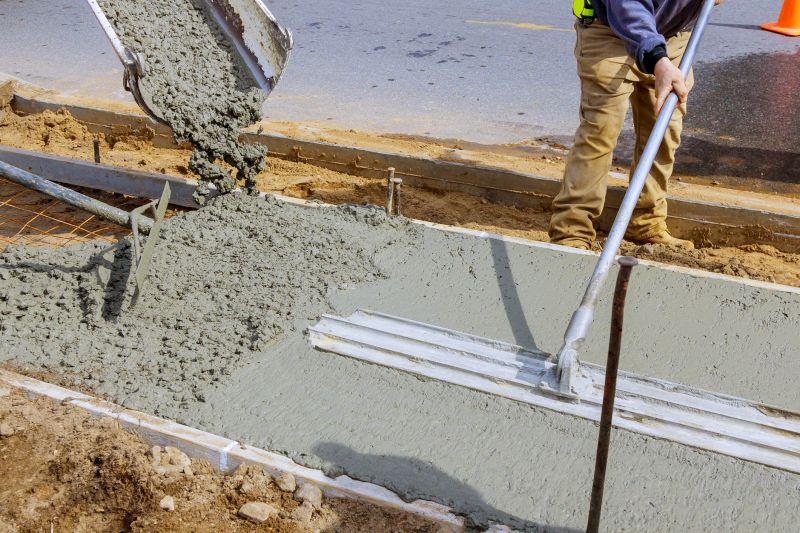
Concrete being poured during spring with mild weather conditions.
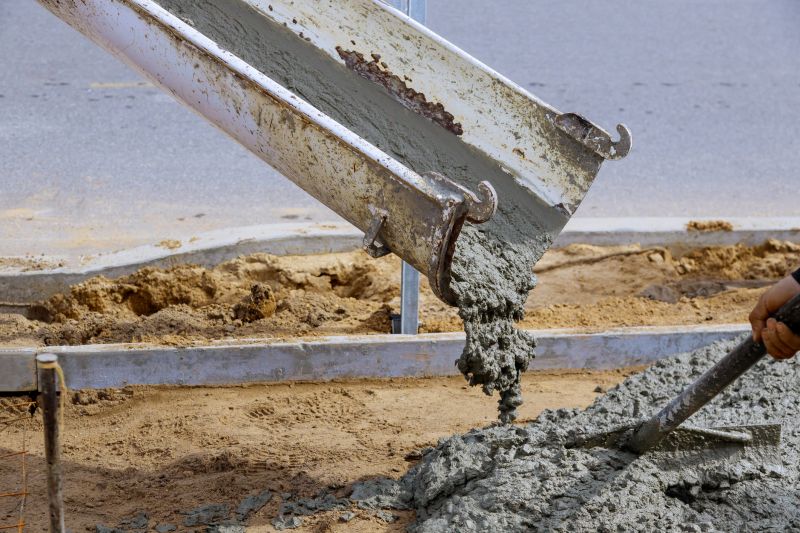
Concrete being set in warm weather with shading measures.
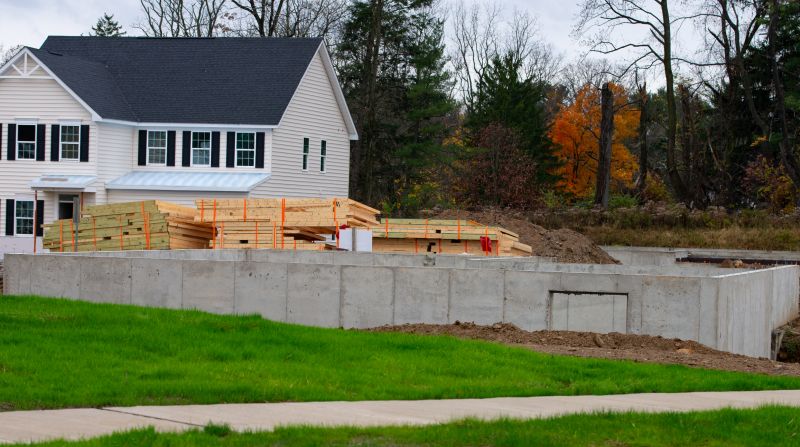
Concrete installation during autumn with favorable temperatures.
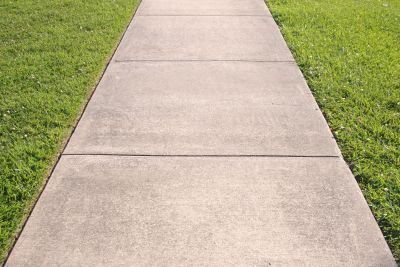
Ways to make Concrete Installations work in tight or awkward layouts.
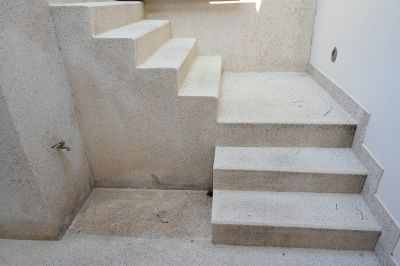
Popular materials for Concrete Installations and why they hold up over time.
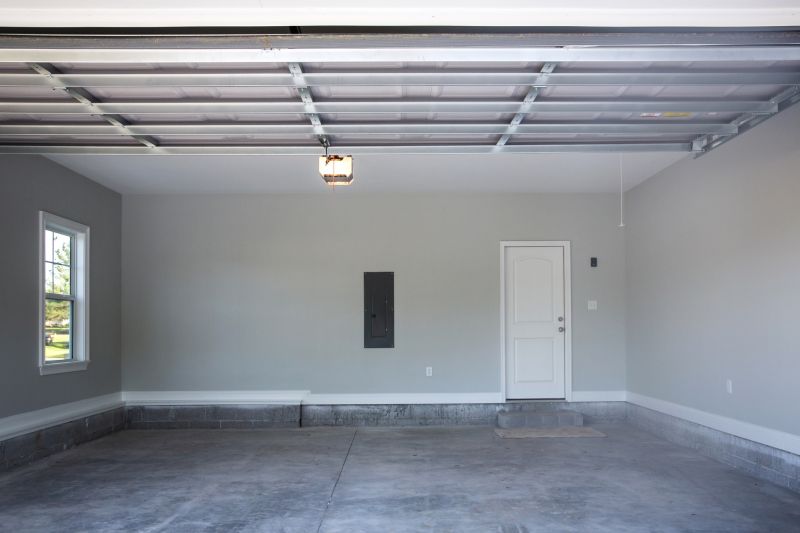
Simple add-ons that improve Concrete Installations without blowing the budget.
| Season | Optimal Conditions |
|---|---|
| Spring | Moderate temperatures, low humidity, reduced risk of freezing. |
| Summer | Warm weather, requires shading and moisture control. |
| Fall | Cooler temperatures, ideal for curing, avoid early winter. |
| Winter | Cold temperatures, high risk of freezing, requires special measures. |
Concrete installations are sensitive to environmental conditions. Proper timing ensures the concrete cures correctly, reaching its designed strength and durability. Seasonal considerations are crucial for projects requiring long-lasting results. Understanding local climate patterns helps determine the best window for pouring and finishing concrete surfaces.
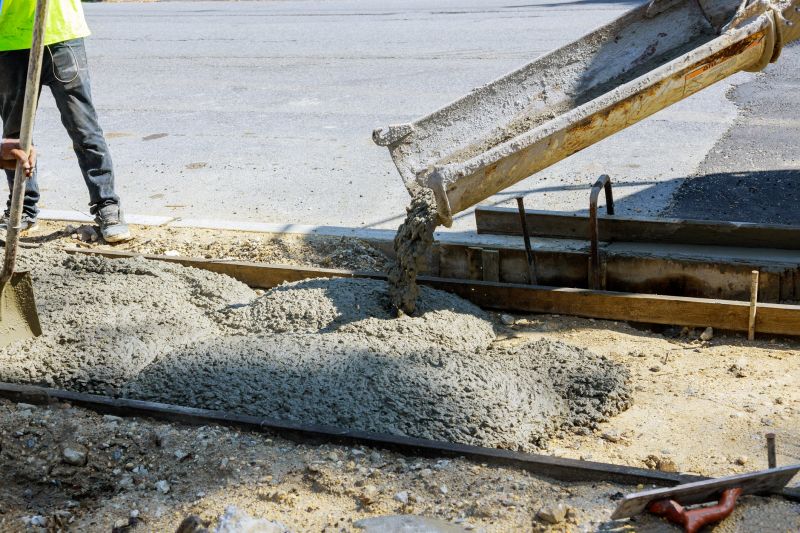
A large concrete pour during favorable weather conditions.
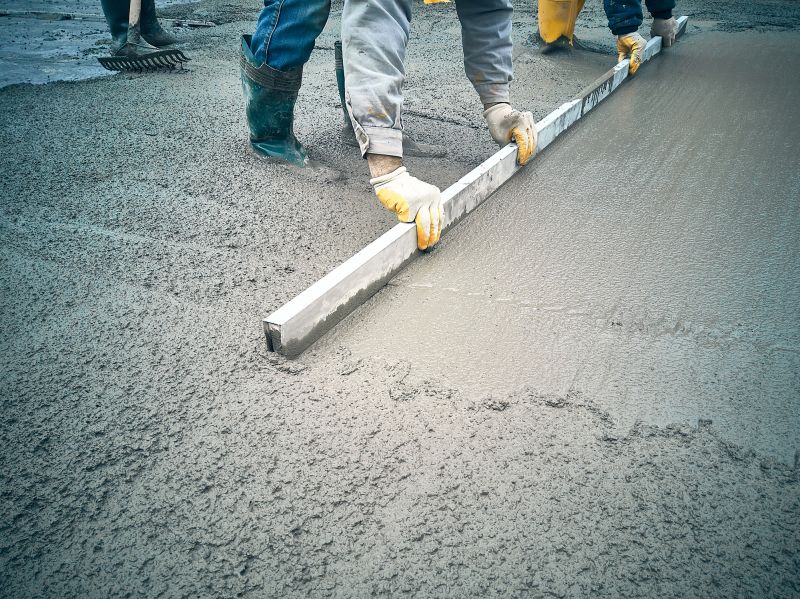
Smooth concrete surface after curing process.

Concrete being installed in optimal seasonal conditions.
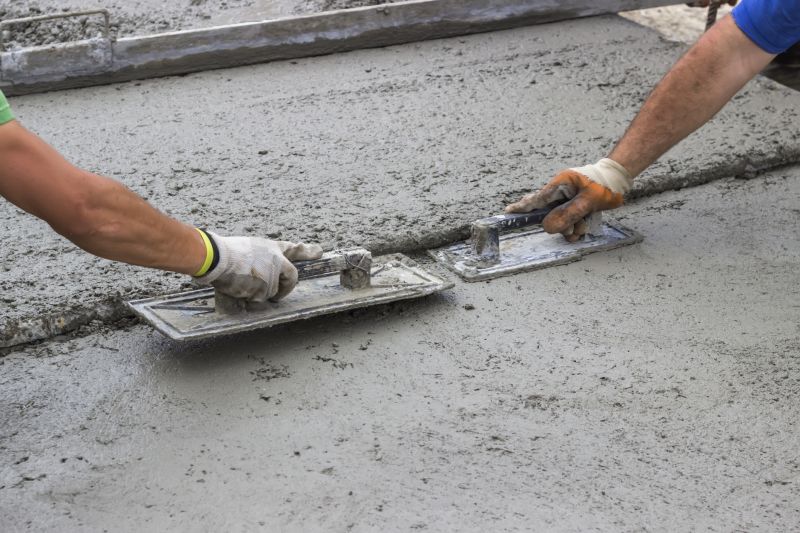
Proper curing techniques to ensure strength and durability.
Choosing the right time for concrete installation can significantly impact the project's success. Proper planning around seasonal weather patterns helps avoid delays and structural issues. Consulting with experienced professionals can assist in scheduling and executing concrete work at the most suitable times.
Interested in scheduling concrete work? Fill out the contact form to discuss project details and timing options.


